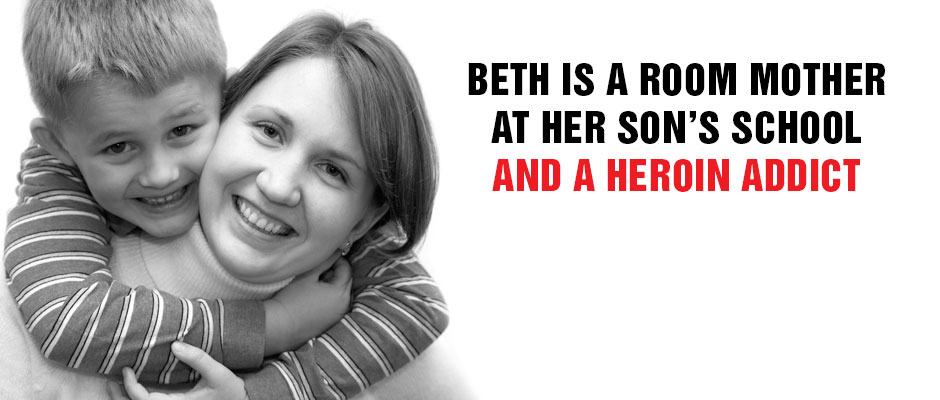Casey’s Law
Who is Casey?
Casey Wethington died at 23 years old from a heroin overdose. Casey suffered from a disease that does not have to be fatal.
What is Casey’s Law?
Casey’s Law provides a means of intervening with someone who is unable to recognize his or her need for treatment due to their impairment. This law will allow parents, relatives, and/or friends to petition the court for treatment on behalf of the person who has a substance use disorder.
Why Not Wait for Court Intervention?
Not all people who have a substance use disorder are arrested or, in the event that they are, may not receive the necessary treatment.
Addiction is a Disease… so why is it not treated like one?
Drug addiction is seen as a character flaw when in fact, addiction is a brain disease. Just like cancer, the disease of addiction has an array of treatments. One treatment does not fit every individual. Relapse or reoccurrence of the disease is possible just as it is with cancer. Addiction is not a choice. No one plans on becoming addicted. Addiction is a treatable illness and people can and do recover.
Where Can I Find a Copy of Casey’s Law?
The law can be accessed in it’s entirety at www.lc.state.ky.us. Click on the “Legislative Resources” link and choose KRS 222.430 to 222.437.
How Can I obtain a Copy of the Petition?
A copy of the petition can be obtained at the circuit clerk’s office by requesting Form #700A, the Verified Petition for Involuntary Treatment of Alcohol/Drug Abuse.
What Does Casey’s Law Provide?
This law provides hope to family and friends of someone who is suffering from the disease of addiction.
5 Steps to Break the Cycle of Addiction
1. File a petition (700A) for the judge to review. Petition is filed with the circuit court clerk by a loved one of the substance impaired person.
2. Arrange for the health evaluations (voluntary or court ordered if necessary). The court reviews the claim in the petition and examines the petitioner under oath.
3. Locate a treatment facility prior to attending a hearing. The court determines whether there is probable cause to order treatment for the person named in the petition.
4. Judge orders treatment. If the court finds that the person named in the petition should undergo treatment, the court shall order treatment from 60 days or up to 360 days, dependent on the request in the petition and the result of the hearing.
5. The cycle of addiction is broken.

